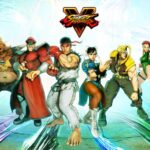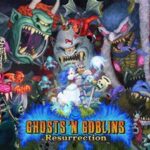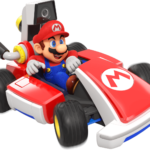Street Fighter (Japanese: ストリートファイター, Hepburn: Sutorīto Faitā), commonly abbreviated as SF or スト (Suto), is a Japanese competitive fighting video game franchise developed and published by Capcom. The first game in the series was released in 1987, followed by six other main series games, various spin-offs and crossovers, and numerous appearances in other media. Its best-selling 1991 release Street Fighter II established many of the conventions of the one-on-one fighting genre. (Source from Wikipedia)



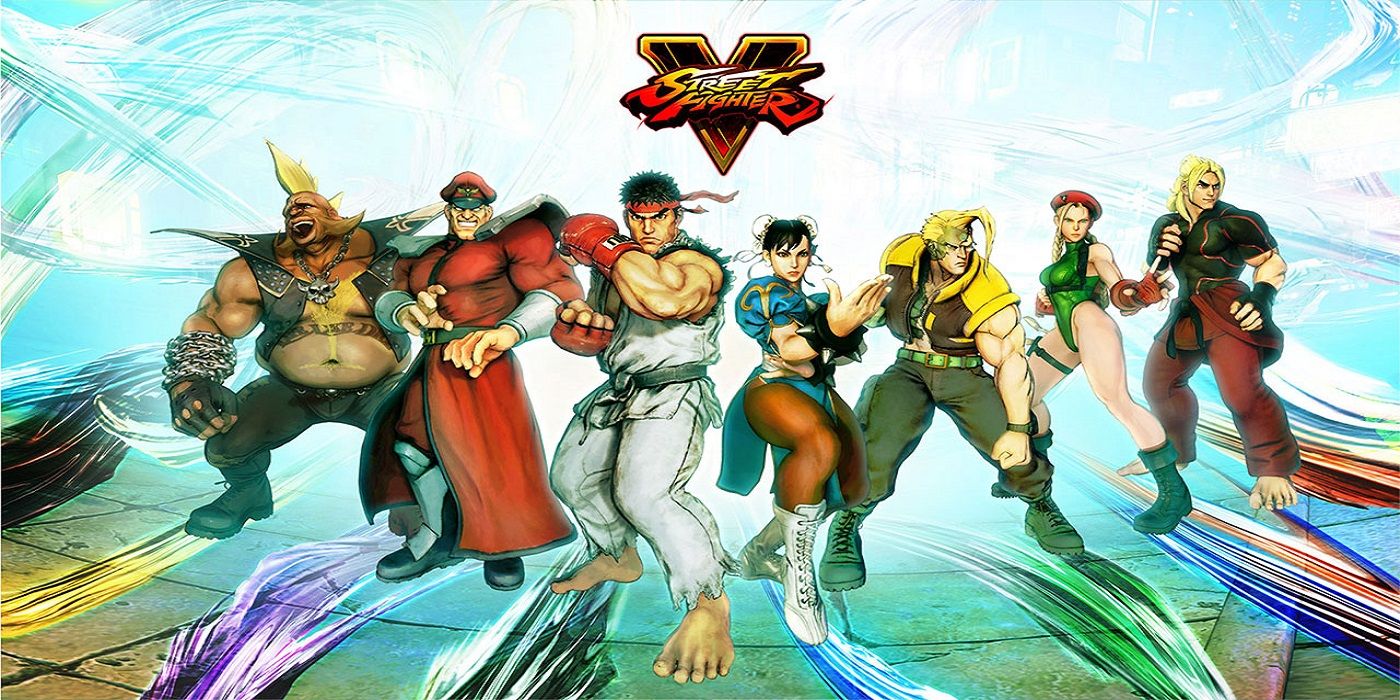

Street Fighter (1987)
Street Fighter, designed by Takashi Nishiyama and Hiroshi Matsumoto, debuted in arcades in 1987. The player controls martial artist Ryu to compete in a worldwide martial arts tournament spanning five countries and 10 opponents. A second player can control Ryu’s friendly American rival, Ken Masters. The player can perform three punch and kick attacks, each varying in speed and strength, and three special attacks: the Hadōken, Shōryūken, and Tatsumaki Senpūkyaku, performed by executing special joystick and button combinations.




Street Fighter II (1991)

Street Fighter II: The World Warrior was released in 1991 following an unsuccessful attempt to brand the 1989 beat ’em up game Final Fight as the Street Fighter sequel. It is one of the earliest arcade games for Capcom’s CP System hardware and was designed by Akira Nishitani and Akira Yasuda, who also made Final Fight and Forgotten Worlds.
Street Fighter II is the first one-on-one fighting game to give players a choice from a variety of player characters with different moves, allowing for more varied matches. Each player character has a unique fighting style with approximately 30 or more moves, including new grappling moves and throws, and two or three special attacks. In the single-player mode, the player character is pitted sequentially against the seven other main characters before confronting the final four bosses, exclusively CPU-controlled. As in the original, a second player can join anytime for competitive matches.

Street Fighter Alpha (1995)

Street Fighter Alpha: Warriors’ Dreams (Street Fighter Zero in Asia), was released in 1995. It uses the same character designs Capcom previously employed in Darkstalkers and X-Men: Children of the Atom, with settings and character designs heavily influenced by Street Fighter II: The Animated Movie. Alpha expands on the Super Combo system from Super Turbo by extending Super Combo meter into three levels, allowing for super combos to be stored up and introducing Alpha Counters and Chain Combos, also from Darkstalkers. The plot of Alpha is set between the first two Street Fighter games and fleshes out the backstories and grudges held by many of the classic Street Fighter II characters. It has a playable roster of ten immediately playable characters and three unlockable fighters, comprising not only younger versions of established characters, but also characters from the original Street Fighter and Final Fight, such as Adon and Guy.
.jpg)

Street Fighter EX (1996)

In 1996, Capcom co-produced a 3D fighting game Street Fighter EX with Arika, a company founded by Street Fighter II planner Akira Nishitani. It was developed for the PlayStation-based ZN-1 hardware. EX combined the established Street Fighter cast with original characters created and owned by Arika. It was followed by an upgraded version, Street Fighter EX Plus, in 1997, which expanded the character roster. A home version with additional features and characters, Street Fighter EX Plus Alpha, was released for the PlayStation during the same year.
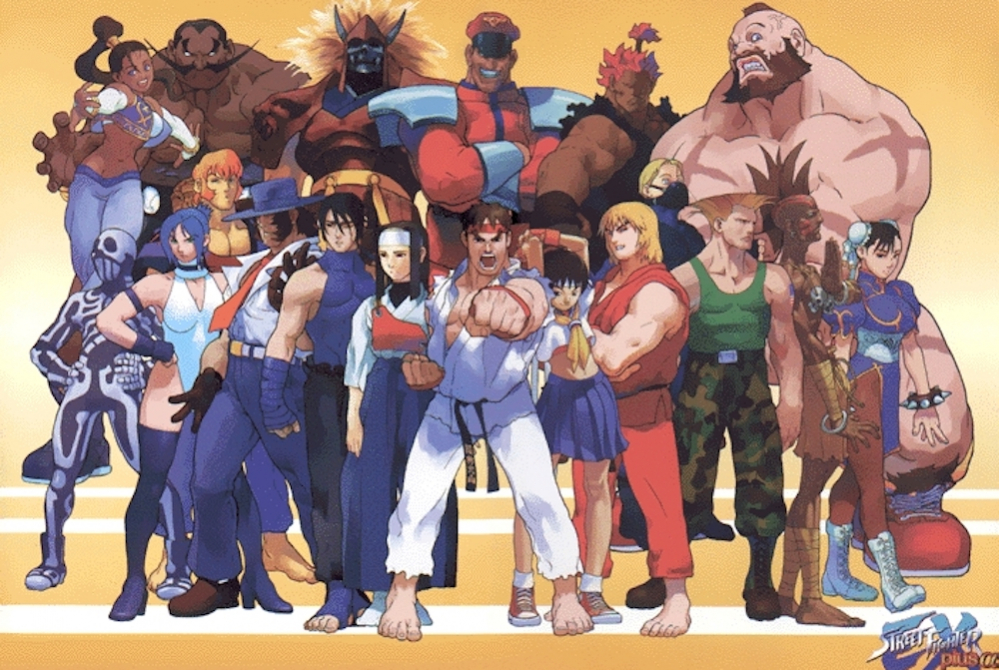
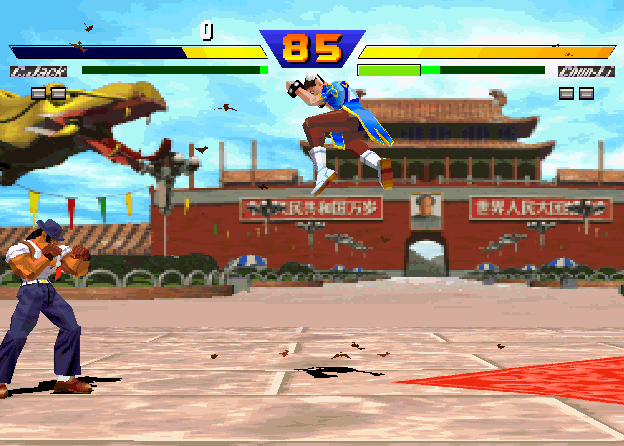
Street Fighter III (1997)
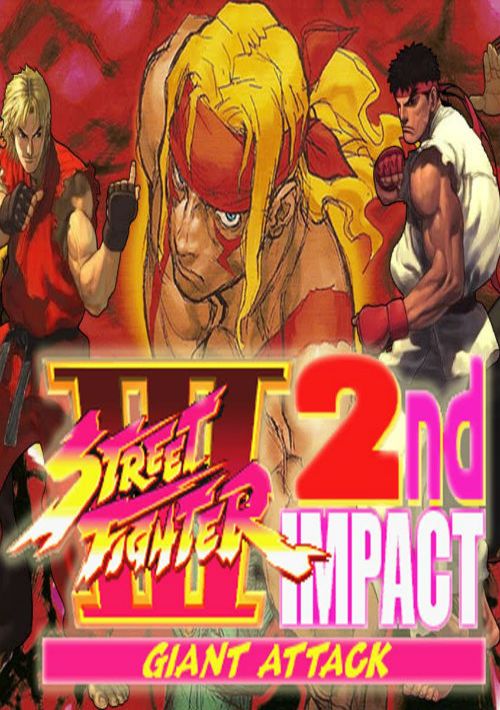
Street Fighter III: New Generation debuted in the arcades on the CPS3 hardware in 1997. Street Fighter III discards most of the character roster from previous games, keeping only Ryu and Ken, introducing several new characters in their place including the grappler Alex, who was designed to be the new lead character of the game, and Gill, who replaced Bison as main antagonist. Street Fighter III introduced the “Super Arts” selection system and the ability to parry an opponent’s attack.

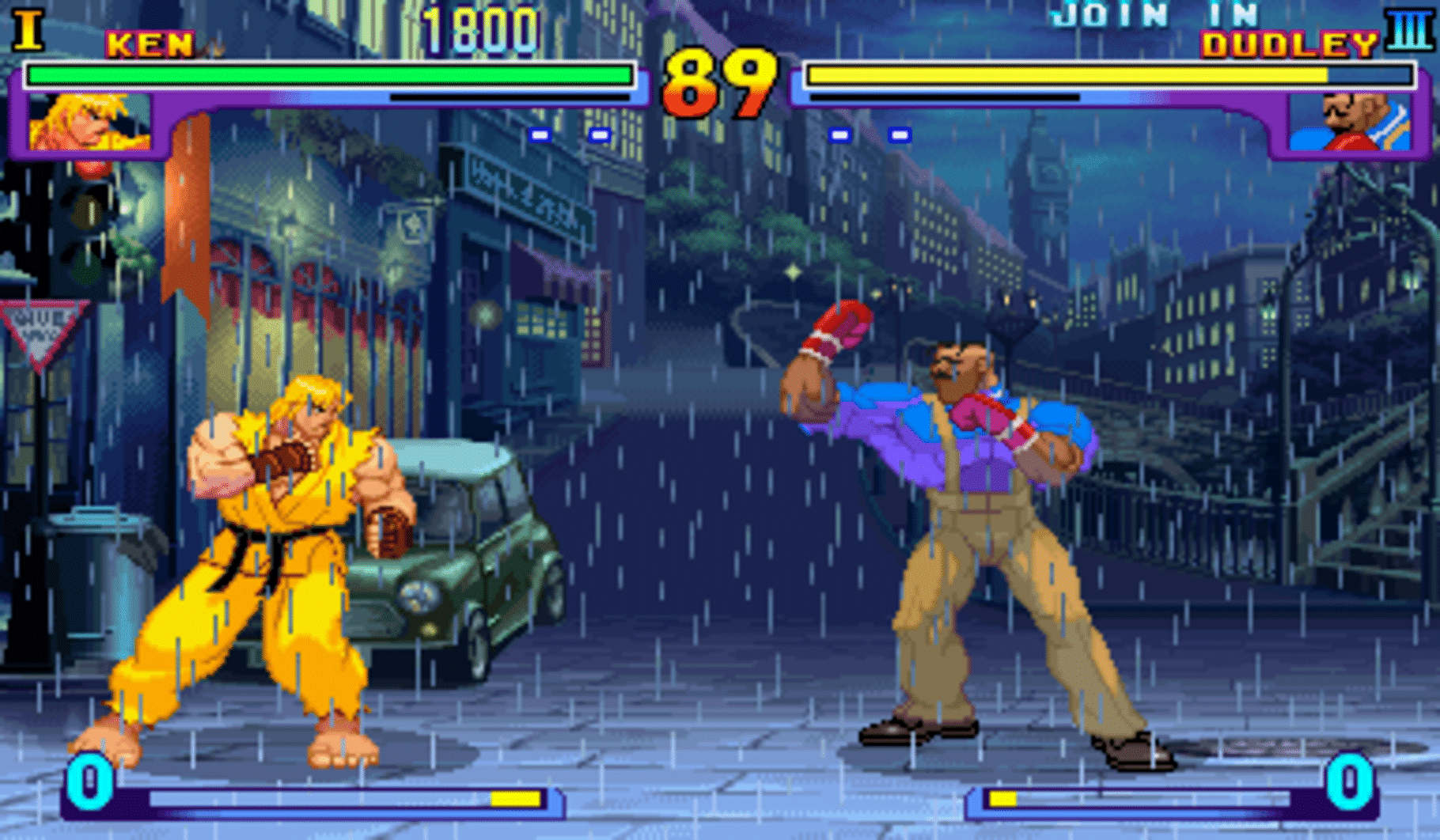
Street Fighter IV (2008)

The original Street Fighter IV game concept, Street Fighter IV Flashback, never made it past the proposal stage. In 2007, more than eight years since the release of Street Fighter III 3rd Strike for the arcades, Capcom unveiled Street Fighter IV at a Capcom Gamers Day event in London. Conceived as a direct sequel to the early Street Fighter II games (particularly Super Street Fighter II Turbo), Street Fighter IV features the return of the original twelve world warriors and recurring hidden character Akuma, along with four new characters (as well as a new boss character) in a storyline chronologically set between Street Fighter II and Street Fighter III. The gameplay, while still 2D, features cel-shaded 3D graphics inspired by Japanese sumi-e paintings. The Super Combo system, a Street Fighter mainstay since Super Turbo, returns along with new counter-attacking techniques called “Focus Attacks” (“Saving Attacks” in Japan), as well as new “Ultra Combo” moves, similar to the Rage Gauge seen in games from SNK Playmore.

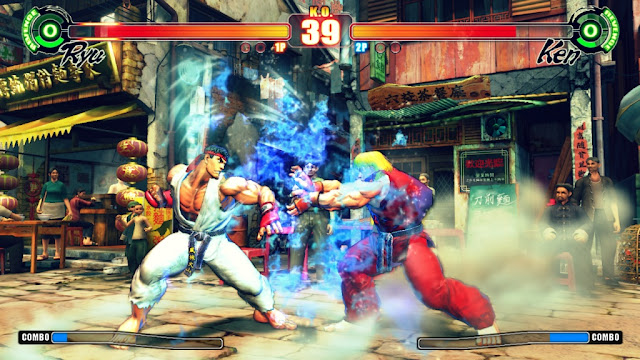
Street Fighter V (2016)
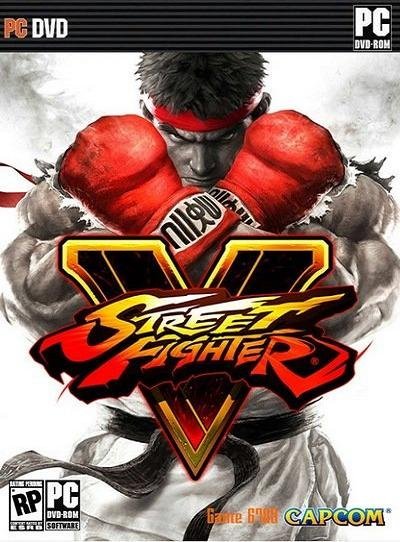
Street Fighter V was released exclusive to the PlayStation 4 and PC, enabling cross platform gameplay, in 2016 with a roster of 16 characters including Ryu, Ken, and Chun-Li. In 2018, the game received a major update, Street Fighter V: Arcade Edition. In 2020, Street Fighter V: Champion Edition was released as downloadable content with several characters progressively added and totaling 46.

.jpg&ehk=xh7w7s7ZFUqXZmn3W92y0Pay2%2fbvBae0p6r1aor%2b0Z8%3d&risl=&pid=ImgRaw&r=0)
Street Fighter 6 (2023)
Street Fighter 6 is currently being developed for Microsoft Windows, PlayStation 4, PlayStation 5, and Xbox Series X|S, and is set for release in 2023. The game will be powered by the RE Engine and feature in-game commentary, a series first.


